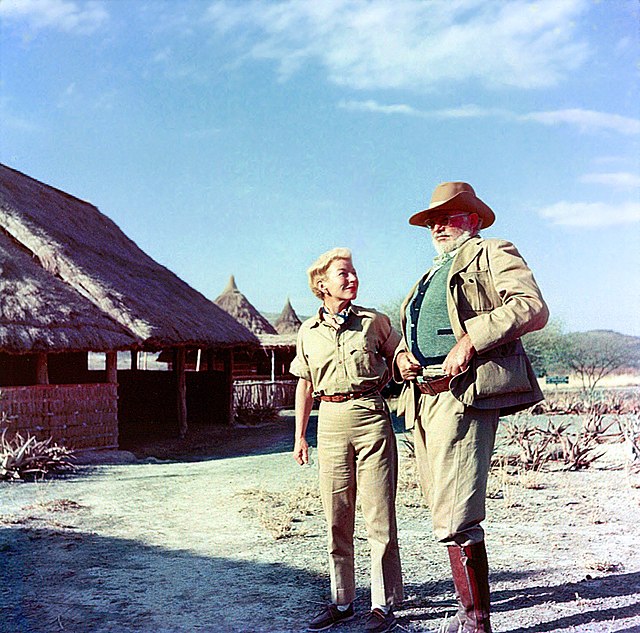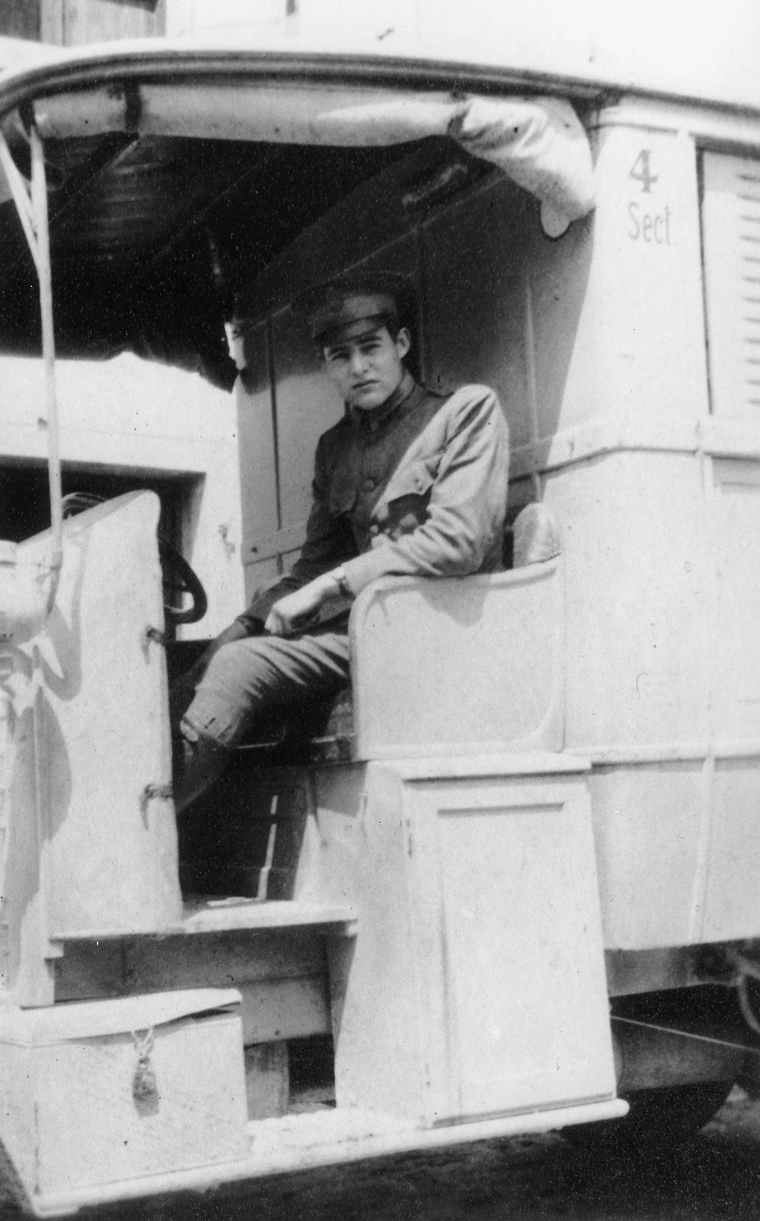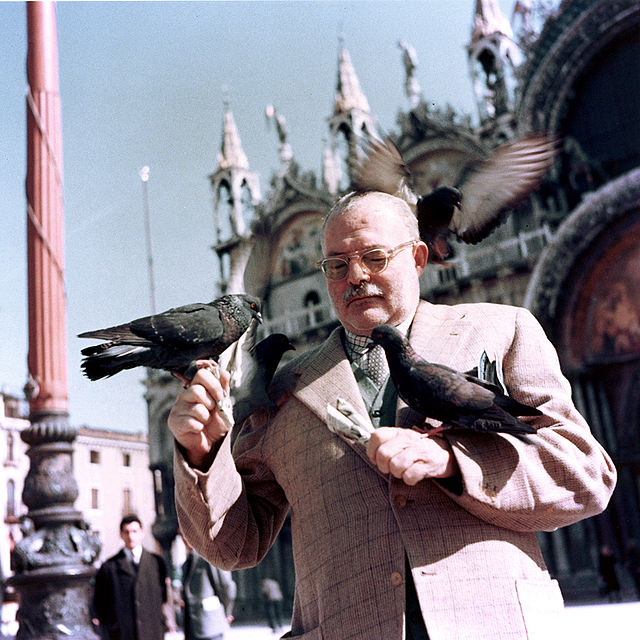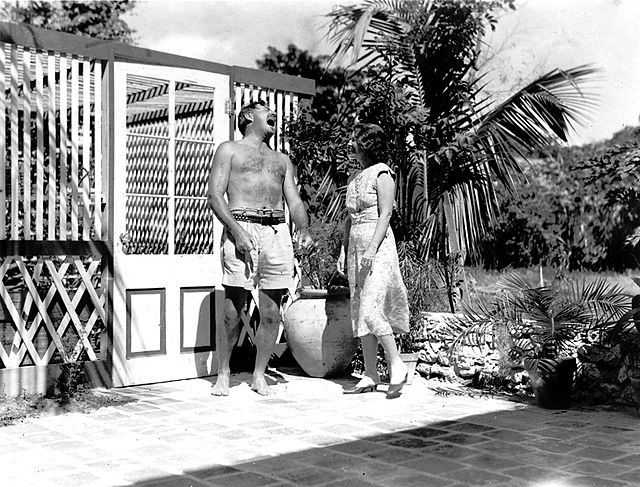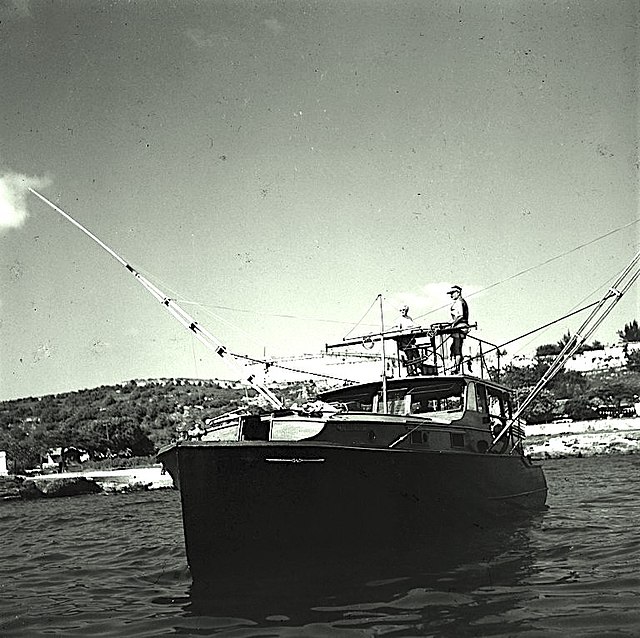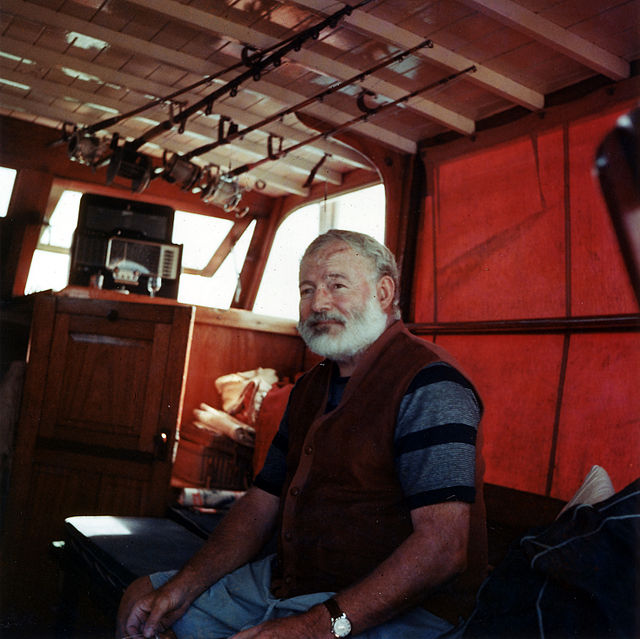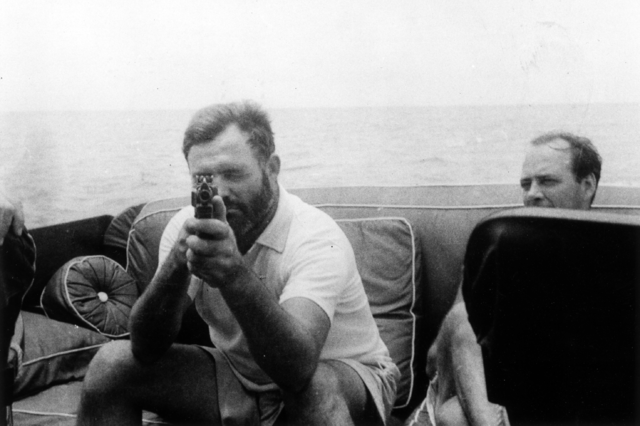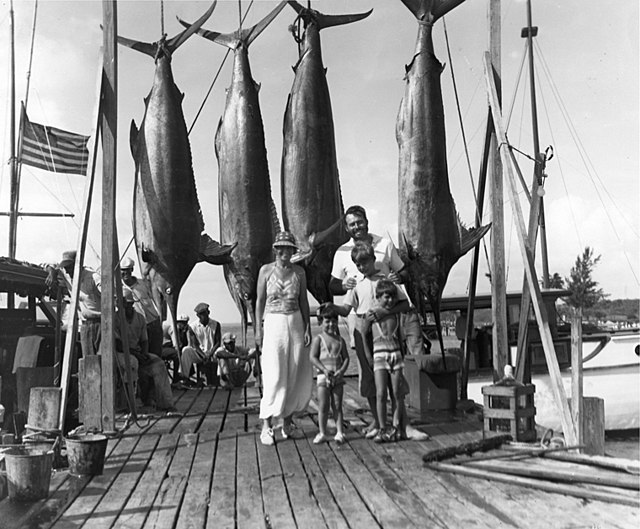
From the plains of the Serengeti to the bull rings of Valencia, Hemingway’s world was famously one of masculine pursuit. An explorer both on and off the page, his life can be traced through the places he made himself at home and the rendering of these settings into characteristically stripped-back prose. So associated has Hemingway become with certain locales that a whole tourist industry has sprung up to cater to those looking to inject a little of the Heming-way into their travel plans.
Inextricably linked with the masculinising agenda of his image, each location associated with Hemingway adds another layer to his self-created legend: the ferocious big game hunter, the philosophical marlin fisherman, the Left-Bank hedonist, the war correspondent and Republican sympathiser, the bullfighting aficionado, and the benevolent patriarch nursing a daiquiri in the local bar. To mark his birthday this year, we explore the territories and pursuits that defined this complicated literary persona.
Growing up the Chicago suburb of Oak Park, Hemingway came to his love of hunting, shooting, and fishing through summers spent at the family’s summer home on Walloon Lake in Michigan. In school, Hemingway wrote for the school paper and, upon graduating, chose a writing position with the Kansas City Star over higher education, despite having excelled academically. His tenure there, however, was to be short, and on American’s entry into World War I in 1917 he tried to enlist. His urge to participate in the war effort was undampened by a rejection for active service due to poor eyesight, and he signed up wit the Red Cross as an ambulance driver. With his first posting to Italy, at the age of 19, Hemingway’s travels began.
Italy
While stationed in the town of Schio, Hemingway was badly injured during the course of his duties delivering supplies to soldiers on the front line. He was later awarded the Silver Medal of Military Valour by the Italian government. It was during his recovery at a hospital that he met and fell in love with one of the nurses, Agnes von Kurowsky. His experiences at the hospital and this failed romance inspired his novel, A Farewell to Arms.
Hemingway would return to Italy throughout his life, returning to tour the country with Ezra Pound and spending time in Venice.
Paris
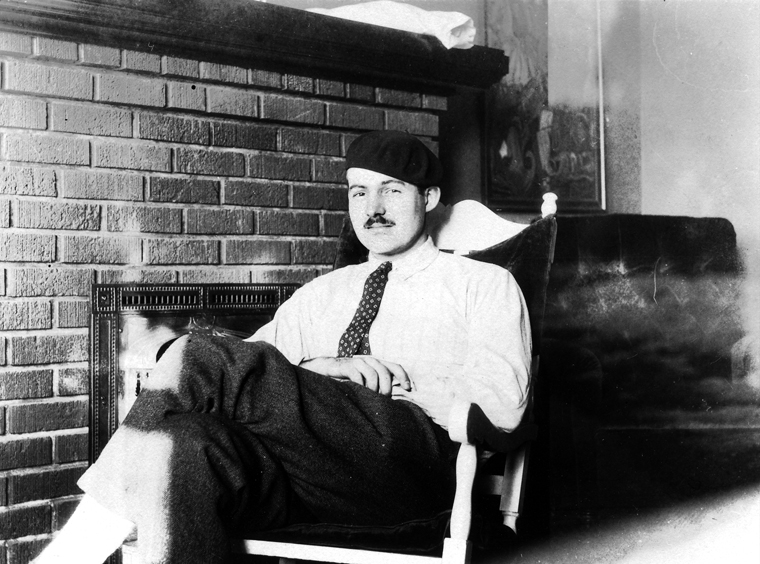
Ernest Hemingway, Paris, circa 1924. Ernest Hemingway Photograph Collection. John F. Kennedy Presidential Library and Museum, Boston.
“If you are lucky enough to have lived in Paris as a young man then wherever you go for the rest of your life, it stays with you, for Paris is a moveable feast.” – Ernest Hemingway
As a young man, Hemingway took a job as European correspondent with the Toronto Daily Star. Back in the US, Hemingway had come to know the writer Sherwood Anderson, who had provided him with a letter of introduction to paragon of Left-Bank literary society, Gertrude Stein. During his eight years in Paris, Hemingway would rub shoulders with the core figures of the ‘Lost Generation’ cohort of writers and artists situated there, including F. Scott Fitzgerald, Ezra Pound, James Joyce, and Shakespeare & Co. bookshop owner Sylvia Beach.
As well as his posthumously published memoir of his Parisian years, A Moveable Feast, Hemingway also worked on several other works during this creatively fruitful period, including his first book, Three Stories & Ten Poems, and one of his most famous works, The Sun Also Rises.
Africa
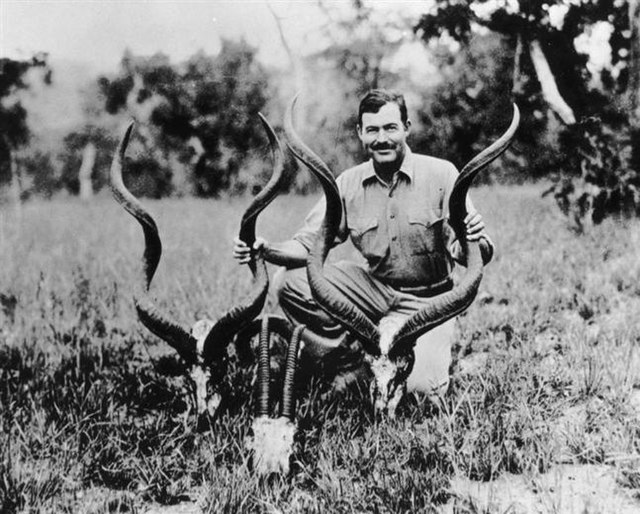
Ernest Hemingway poses with kudu and sable skulls while on safari in Africa, 1934. Ernest Hemingway Photograph Collection. John F. Kennedy Presidential Library and Museum, Boston.
“All I wanted to do was get back to Africa. We had not left it, yet, but when I would wake in the night I would lie, listening, homesick for it already.” – Ernest Hemingway
During a three month safari in 1933, Hemingway’s experiences hunting on the plains of the Serengeti helped cement his reputation as a fearless adventurer, and was the basis for his books The Green Hills of Africa and The Snows of Kilimanjaro. Returning to Africa some twenty years later, as a seasoned hunter and on his fourth marriage, Hemingway travelled through the Belgian Congo, Rwanda, and Kenya. It was during this trip that two successive plane crashes led many news outlets to run his obituary. This apparent cheating of death, and the many hunting trophies from his time in Africa which adorned the walls of his homes, solidified Hemingway’s image as a toughened adventurer and sportsman.
Spain

Ernest Hemingway and Robert McAlmon (left) in Ronda, Spain. Ernest Hemingway Photograph Collection. John F. Kennedy Presidential Library and Museum, Boston.
Hemingway travelled to Spain a year after the outbreak of the Civil War to cover the conflict for the American Newspaper Alliance. His experiences formed the basis for For Whom the Bell Tolls as well as his one and only full-length play, The Fifth Column. He also developed a great enthusiasm for the bullfights, praising the matadors for their bravery, and went on to write Death in the Afternoon. His last trip to the country in 1959, to watch the contests between two famous matadors, led to the Life magazine story The Dangerous Summer.
Cuba & Key West
Hemingway lived on Key West in Florida for several years, succumbing to its rustic charm. There, he would work on some of his most influential works, including A Farewell to Arms and The Sun Also Rises. In 1940, he purchased a home outside Havana, where he would live for the next 20 years, fishing and writing.
It was during his time in Florida that he acquired his beloved 38-foot boat Pilar. His experiences fishing off the coast of Florida and Cuba would inspire his books Islands in the Stream and, famously, The Old Man and the Sea, for which he would win both a Pulitzer and Nobel prize.

